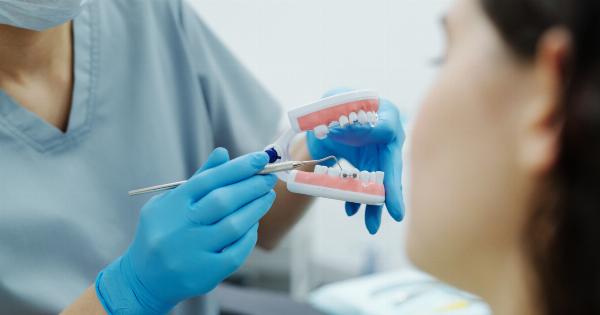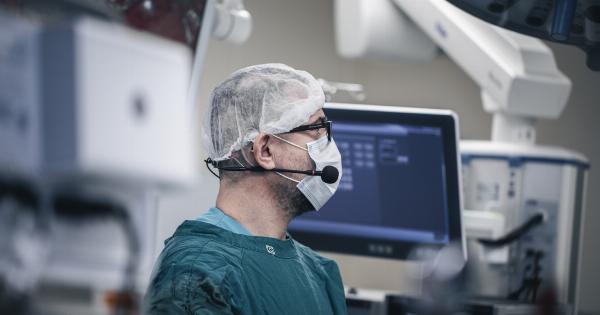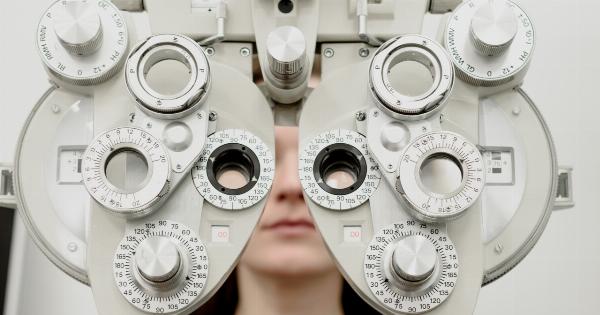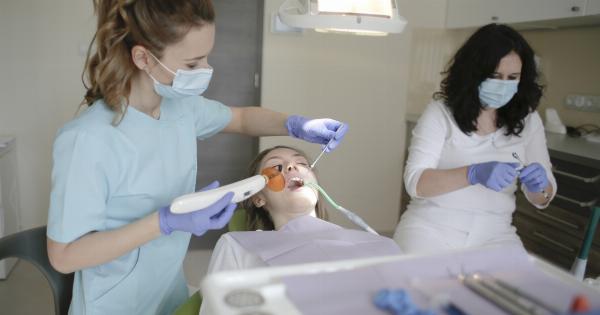Dialysis is a life-saving treatment for individuals suffering from end-stage renal disease. It helps to remove waste products and excess fluid from the body when the kidneys are no longer able to function properly.
While traditional dialysis methods have been effective, advancements in the field have led to the development of advanced methods that offer improved effectiveness, comfort, and quality of life for dialysis patients. This article will explore these advanced methods, including innovative techniques, technologies, and approaches to enhance the dialysis process.
Hemodiafiltration: A High-Volume and High-Efficiency Approach
Hemodiafiltration (HDF) is an advanced dialysis technique that combines hemodialysis and hemofiltration. It involves the simultaneous use of diffusion and convection to efficiently remove waste products and toxins from the blood.
HDF utilizes a high-flux dialyzer and high volumes of ultrapure dialysate to achieve enhanced solute clearance, leading to better overall outcomes for patients. This method removes larger molecules, such as inflammatory mediators, more effectively than traditional hemodialysis, potentially reducing the risk of cardiovascular complications.
Peritoneal Dialysis: A Portable Alternative
Peritoneal dialysis (PD) is a home-based dialysis method that offers greater flexibility and freedom for patients. It utilizes the peritoneal membrane as a natural filter, enabling the removal of waste products and excess fluids from the body.
PD eliminates the need for vascular access, making it suitable for patients with limited vascular options. Recent advancements, such as the development of automated systems, have improved the efficiency and ease of PD, allowing patients to perform their dialysis treatments at their preferred time and location.
Continuous Renal Replacement Therapy: A Continuous Solution
Continuous Renal Replacement Therapy (CRRT) is an advanced dialysis technique used primarily in intensive care settings to manage critically ill patients with acute kidney injury.
Unlike conventional dialysis methods, which are performed intermittently, CRRT provides continuous and slow removal of waste products, ensuring a gradual correction of electrolyte imbalances and fluid overload. CRRT is gentle on hemodynamically unstable patients and offers better tolerance, making it an ideal choice for those who require ongoing renal support.
Nocturnal Dialysis: Dialyzing While You Sleep
Nocturnal dialysis is a method that allows patients to undergo dialysis while they sleep, providing an extended treatment time of 6-8 hours compared to the standard 3-4 hours during the day.
This prolonged treatment duration enables a gentler and more effective removal of waste substances, resulting in better overall health outcomes. Nocturnal dialysis offers benefits such as improved fluid and blood pressure control, reduced dietary restrictions, and increased flexibility during waking hours, enhancing patients’ quality of life.
Hybrid Therapies: Combining Different Methods
Hybrid therapies involve combining different dialysis modalities to achieve the best possible outcomes for patients. For instance, pairing peritoneal dialysis with hemodialysis (PD-HD) allows patients to benefit from the advantages of both techniques.
PD-HD provides a higher dialysis dose, increased removal of middle molecules, and the convenience of performing the treatment at home. Other hybrid therapies, such as hemodiafiltration and hemoperfusion, are also being explored to further enhance dialysis effectiveness by combining multiple mechanisms of solute removal.
Wearable Dialysis Devices: The Future of Dialysis Care
Advancements in technology have led to the development of wearable dialysis devices, which are smaller, compact, and portable compared to traditional dialysis machines.
These devices enable patients to undergo dialysis treatments while engaging in their daily activities, delivering continuous renal replacement therapy or peritoneal dialysis. They provide greater freedom, convenience, and mobility, reducing the impact of dialysis on patients’ daily lives and improving their overall well-being.
Wearable dialysis devices are still in the early stages of development but hold great promise for the future of dialysis care.
Improved Vascular Access: Enhancing Dialysis Efficiency
Vascular access plays a crucial role in dialysis efficacy and the overall well-being of patients. Advanced methods for vascular access, such as the creation of arteriovenous fistulas and grafts, have significantly improved dialysis outcomes.
These methods offer better blood flow rates, longer lifespan of the access site, and lower risks of infections and complications. Novel technologies, such as the use of stents and bioengineered grafts, are also being explored to further enhance vascular access for dialysis patients.
Telehealth in Dialysis: Remote Monitoring and Care
Telehealth has transformed healthcare delivery, including dialysis care. Remote monitoring technologies allow healthcare professionals to closely monitor patients’ vital signs, laboratory results, and treatment adherence at home.
This real-time monitoring provides timely interventions, ensures treatment adequacy, and minimizes hospital visits. Telehealth also allows patients to access educational resources, receive counseling, and connect with support groups, promoting self-management and reducing the burden of regular hospital visits.
Nutritional Advances in Dialysis Care
Dialysis patients often face nutritional challenges due to dietary restrictions, loss of appetite, and changes in metabolism.
Nutritional advancements aim to optimize the dietary intake of dialysis patients, ensuring they receive adequate calories, protein, vitamins, and minerals. Innovations like personalized dietary plans, appetite stimulants, and nutritional supplements have improved the nutritional status and overall well-being of dialysis patients.
Additionally, the development of renal-specific nutritional products caters to the unique nutritional needs of dialysis patients.
Pain Management and Psychological Support
Dialysis treatments can sometimes be accompanied by pain and discomfort. Advanced approaches to pain management, such as the use of regional anesthesia techniques and nerve blocks, help alleviate dialysis-related pain effectively.
In addition to pain management, psychological support plays a crucial role in enhancing the well-being of dialysis patients. Counseling services, support groups, and mental health professionals provide assistance, helping patients cope with the emotional and psychological challenges associated with chronic kidney disease and dialysis.
Conclusion
Advancements in dialysis care have revolutionized the treatment options available to dialysis patients.
Innovative techniques, technologies, and approaches, such as hemodiafiltration, peritoneal dialysis, continuous renal replacement therapy, nocturnal dialysis, hybrid therapies, wearable dialysis devices, improved vascular access, telehealth, nutritional advances, and pain management, have significantly enhanced the efficacy, comfort, and overall quality of life for dialysis patients. These advanced methods provide hope and improved outcomes for the millions of individuals living with end-stage renal disease, indicating a brighter future in the field of dialysis care.





























